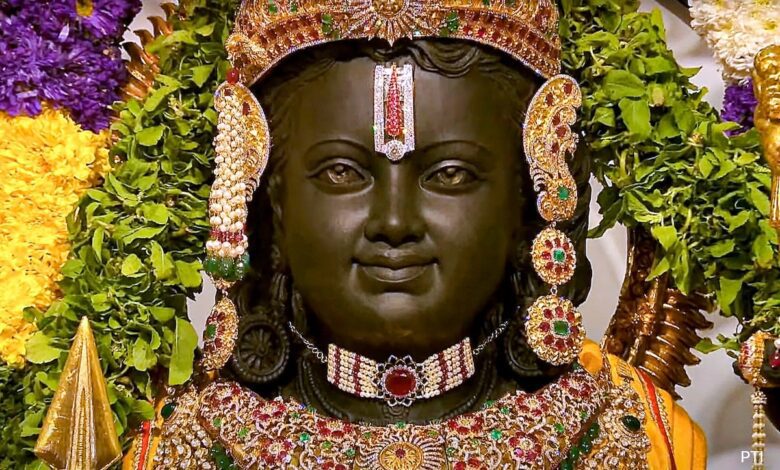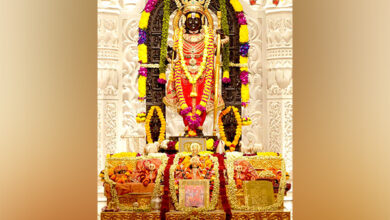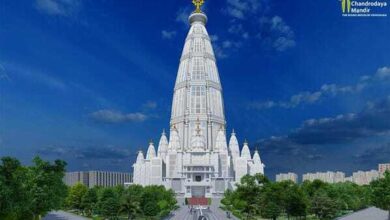The Use of Karnataka’s Krishna Shila Stone in Crafting Balak Ram’s Idol Explained
Crafted with dedication and sincerity, Arun Yogiraj's 200kg Krishna Shila stone idol graced the Ram Mandir consecration ceremony

The Ram Lalla idol, now called as ‘Balak Ram’, crafted by the renowned sculptor Arun Yogiraj from Karnataka, was recently installed at the Ram temple in Ayodhya for the consecration ceremony. The new idol, weighing between 150-200 kgs, depicts the deity as a five-year-old boy in a standing posture. Yogiraj, along with two other skilled artisans, Ganesh Bhatt from Bengaluru and Satya Narayan Pandey from Rajasthan, was entrusted with the responsibility of crafting statues depicting the child form of Lord Ram.
The idol, made of Krishna Shila stone from Bujjegoudanapura village in HD Kote taluk of Mysuru district in Karnataka, was chosen by the Ram Temple trust from among three idols. The Krishna Shila stone is significant in South India, where many temple idols are carved from Nellikaru rocks, also known as Krishna Shilas due to their color resembling that of Lord Krishna. The stone, abundant in HD Kote and Mysuru, has unique properties – it is soft when freshly quarried but becomes harder after 2-3 years.
The process of carving Krishna Shila stone involves marking the block according to the design and shaping it with chisels of different sizes to achieve intricate patterns. The soft nature of the stone allows for detailed carving using a small number of tools, such as hammers and chisels.
Mysore has a rich history of stone carving, particularly in Krishna Shila. This tradition dates back centuries and has been patronized by royal kingdoms. Arun Yogiraj comes from a lineage of five generations in stone carving, and his grandfather, Basavanna Shilpi, was patronized by the King of Mysore. Mysore’s prominence in stone carving is attributed to the abundant availability of Krishna Shila stone deposits, with HD Kote near Mysore being a central location for these deposits.
The historical connection to royal patronage has made Mysore a hub for Krishna Shila Stone carving. The carved products are not only used in various religious temples in and around Mysore but are also sent to places across India based on orders.
Arun Yogiraj’s dedication to his craft is evident in his work on the Ram Lalla idol. Reports indicate that he worked for 12 hours a day, consistently, for the last six to seven months in Ayodhya to complete the project. His commitment to perfection and traditional stone carving techniques has resulted in the selection of his idol for the consecration ceremony at the Ram temple.
You might also be interested in -Quantifying the Ram Temple Inauguration; 4000 saints, 2.5 billion year old stone and much more



